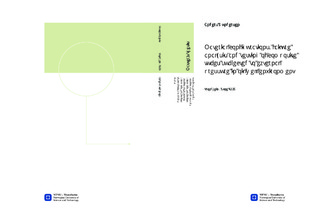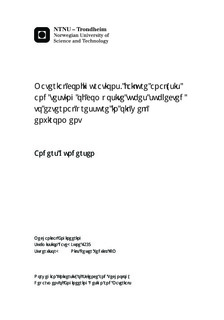| dc.description.abstract | Carbon fiber reinforced polymers is an advanced material with unique material properties that is being used more and more in the subsea and petroleum industry. Well intervention is one of many well suited applications for hollow carbon fiber reinforced tubes. Due to the material?s properties, the composite material is well suited for many applications when dealing with conditions similar to the environment inside an oil well. It has a much higher stiffness to weight ratio than most materials, great thermal resistance and it is less subjected to fatigue. The material is non-corroding and may be designed for chemical resistance which is a huge benefit in the harsh conditions found for example subsea or in a well. The dominating load in an oil well environment is the extreme pressure. Carbon fiber reinforced polymers is a very strong material, and by customizing its laminate layup, its full strength can be utilized for any loadcase it may be subjected to.The main focus of this task was to study the behavior of relevant thick-walled fiber composite tubes subjected to external pressure employing both numerical and experimental methods. Three principal composite layups were analyzed, both numerically and experimentally by high pressure testing and axial compression tests. Test samples were produced and evaluated for these tasks, and compared with results from representative finite element models.Test samples with [±80°], [±45°] and [±80°,±9°] layups were analyzed. The experimental work for the [±80°] samples was done in a previous work, and only the results were presented in this thesis. The samples for the high pressure testing were 150mm long, and the outer and inner diameters were 15mm and 12mm, respectively. The same diameters were used for the axial compression samples, but the length was reduced to 20mm. The dimensions were determined by conventional design criteria for well intervention. The samples were produced by using the filament winding machine at NTNU, and an epoxy bath was used for impregnation.Puck?s failure criterion was implemented in the numerical calculations for material failure prediction. An eigenvalue buckling analysis procedure was conducted for buckling failure prediction. All samples for both test methods failed very close to the predicted failure loads with relatively low percentage difference. The differences were found to be between -11.1% and 12.7%, and a discussion was conducted on possible sources of deviation.Due to the low deviation between predicted and factual failure loads, it could be concluded that the assumed strength and elasticity parameters of the material was reasonable and that the experimental testing procedures was well fitted for the study of the behavior of composites subjected to compression.Based on these results, a discussion of an optimized structure was conducted. The geometry analyzed in this thesis had much higher buoyancy than desired for the application. It could thus be concluded that the material has a great potential for the use in oil-well environment. | nb_NO |

